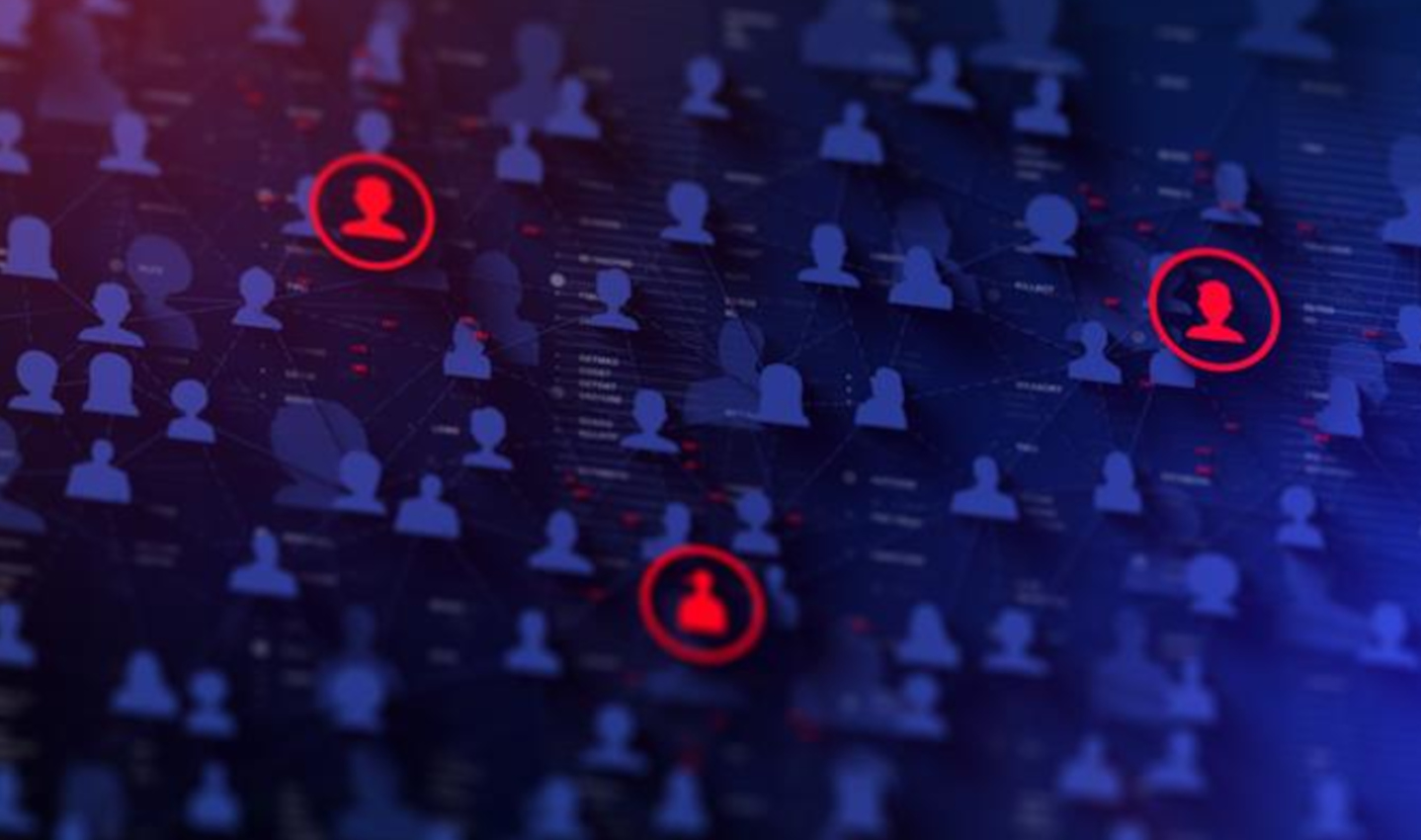According to a 2021 Pew Research study, 41 percent of U.S. adults have personally experienced some form of online harassment. The latest statistics from SafeHome.org indicate that as many as 7.5 million people experience online harassment each year, and approximately 41 percent of undergraduate students have experienced it.
Research shows that scholars have increasingly become targets for online harassment; however, anyone with access to the internet can be a victim. It is essential for the community to understand how to respond to online harassment and how to support loved ones who are experiencing it.
Katherine Cross, a UW Information School Ph.D. candidate specializing in online harassment, uses the definition from information scholar Danielle Citron, describing online harassment as “repeated online expression amounting to a course of conduct targeted at a particular person that causes the targeted individual substantial emotional distress or fear of bodily harm.”
“Where it crosses the line is where the contact is repeated and unwanted,” Cross said. “It's the lack of consent combined with the repeated course of action involved that starts to distinguish it from other forms of heated online interaction.”
According to Cross, the author of “Log Off: Why Posting and Politics (Almost) Never Mix,” examples include situations where someone has clearly indicated that they do not want to communicate with the harasser, such as by blocking them or asking that they stop, but the harasser persists in contacting them.
One resource highlighted by UW Vice President of Campus Community Safety Sally Clark is SafeCampus, the university’s violence-prevention and response program. Campus Community Safety emphasizes that SafeCampus staff are experienced in advising and handling threats. However, if someone receives a threatening or alarming message, they are encouraged to contact law enforcement.
“UW students and employees do not need to face online harassment alone,” Clark said. "The university has support available to help targets of online harassment navigate these types of situations safely and effectively.”
To help ensure physical safety, Clark recommends the SafeZone app, which provides access to the fastest possible safety assistance. She also recommends using Husky SafeTrip (formerly known as Husky NightWalk), to get a safe ride home on or near campus.
For online safety concerns, members of the UW community can control whether their contact information appears in the UW Directory. UW NetIDs can also be changed in certain circumstances; for such a request, contact help@uw.edu or go to the UW Information Technology Service Center.
Cross explains that internet trolls thrive on engagement. They look for feedback that shows that they have harmed someone, finding gratification in seeing posts from people expressing their pain.
“They want to keep going, to keep attacking this person, to keep making them feel bad because they are getting a thrill out of knowing specifically that they have hurt someone,” Cross said.
She emphasizes that to dissuade the trolls, people need to not give them that satisfaction.
“You have to just log off for a while,” Cross said. ”You have to ignore them. You cannot and should not post publicly about what you’re experiencing. … They’ll get bored and move on.”
While ignoring trolls can be effective, Cross notes that this approach may not always be the case with serious stalkers, especially with celebrities and public figures. However, for most people experiencing harassment, minimizing the interaction with the harasser is typically beneficial.
Both Cross and UWPD recommend documenting all instances of harassment. This includes saving emails, voicemails, text messages and direct messages, as well as taking screenshots or photos of comments on social media.
Cross emphasizes the critical role that trusted relationships play in supporting a victim’s well-being while also helping to document the harassment.
“Friends and loved ones can volunteer to do things that would rob the harassment target of excuses to keep exposing themselves to the harassment,” Cross said. “The role of your loved ones is to kind of gently restrain you from [going online], to keep an eye on you and make sure that you're staying away.”
She added that friends and loved ones can monitor the target's social media accounts for them, to check for actual threats so the target doesn't have to.
Cross also encourages reaching out to friends, loved ones and colleagues to assist in reporting harassment. This collective effort can help potentially escalate the issue and bring the harassment to the platform’s attention, increasing the chances that action will be taken.
In order to truly support someone experiencing online harassment, one of the most important steps is to validate what is happening and to treat the situation as though the harassment was occurring in person.
“Accept that [they] are at risk, accept that the harms are real, accept that what’s happening is real,” Cross said, “the right move is compassion and acknowledging that the harms were real.”
As for institutions, Cross emphasizes the importance of standing behind individuals who are victims of targeted harassment. Clark highlights the resources available at the UW and the support offered to those affected.
“People should feel safe pursuing their academic and broader lives and when that safety is impinged, DCCS (the University's Division of Campus Community Safety) works to do everything possible to investigate and support the target of the harassment,” Clark said. “When in doubt, call SafeCampus to run a concern by them.”
For more information, Clark recommends starting with the Campus Community Safety webpage about online harassment and the SafeCampus guide to harassment and sexual harassment.
